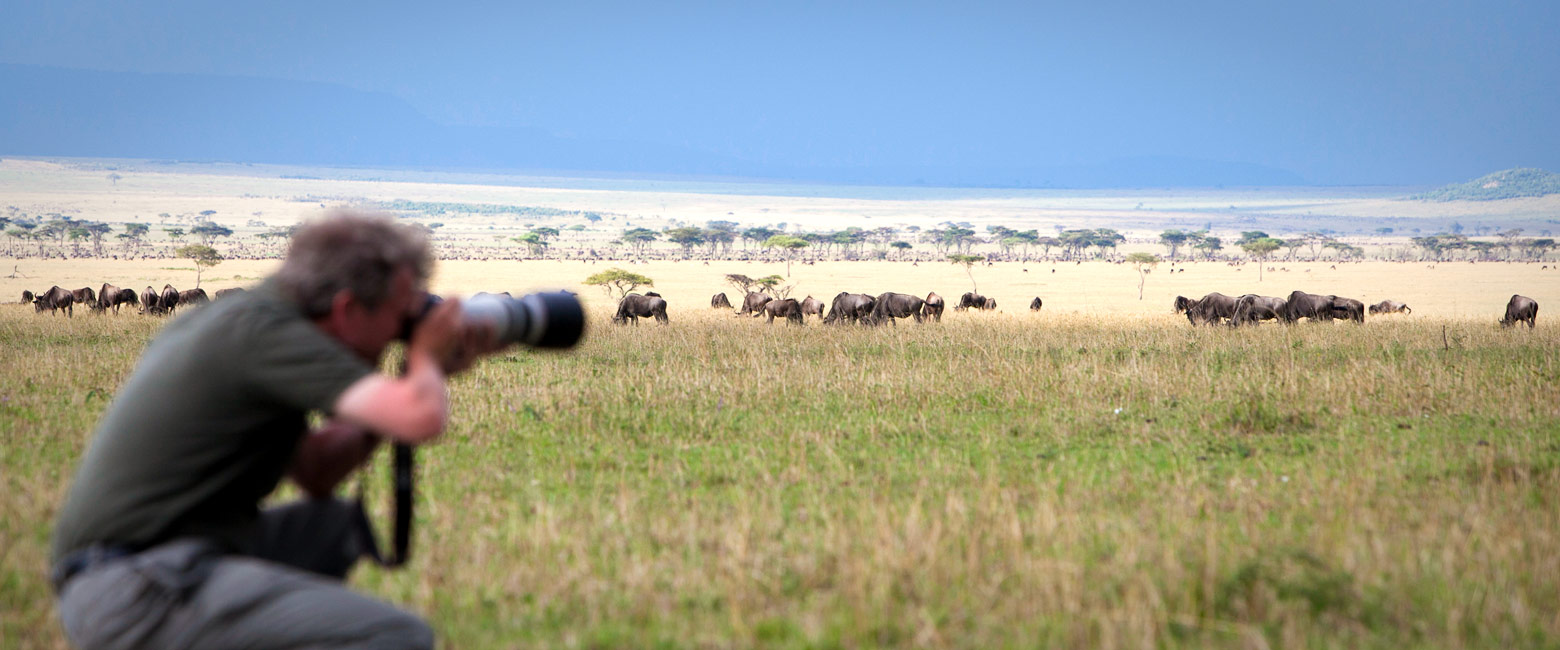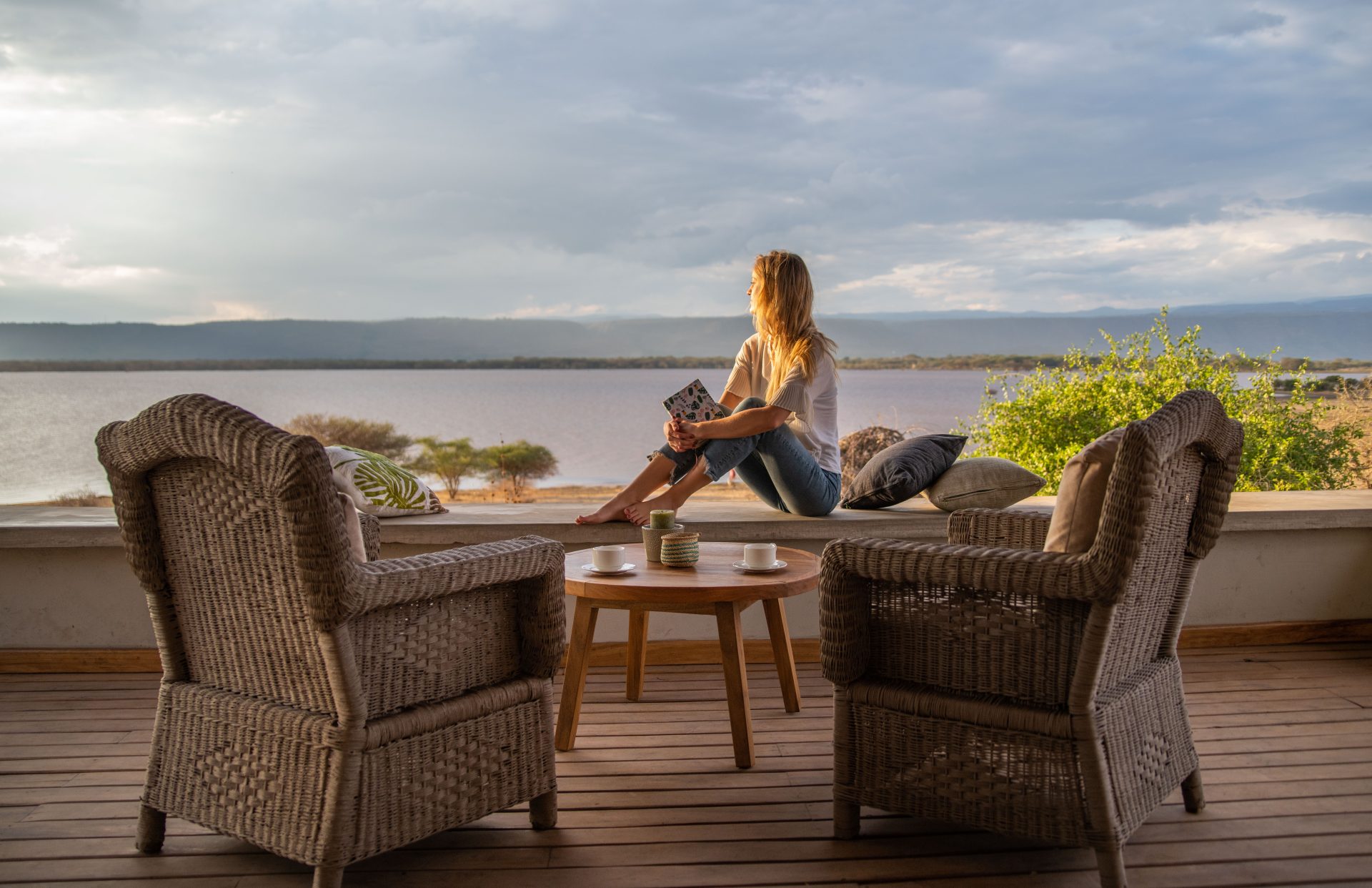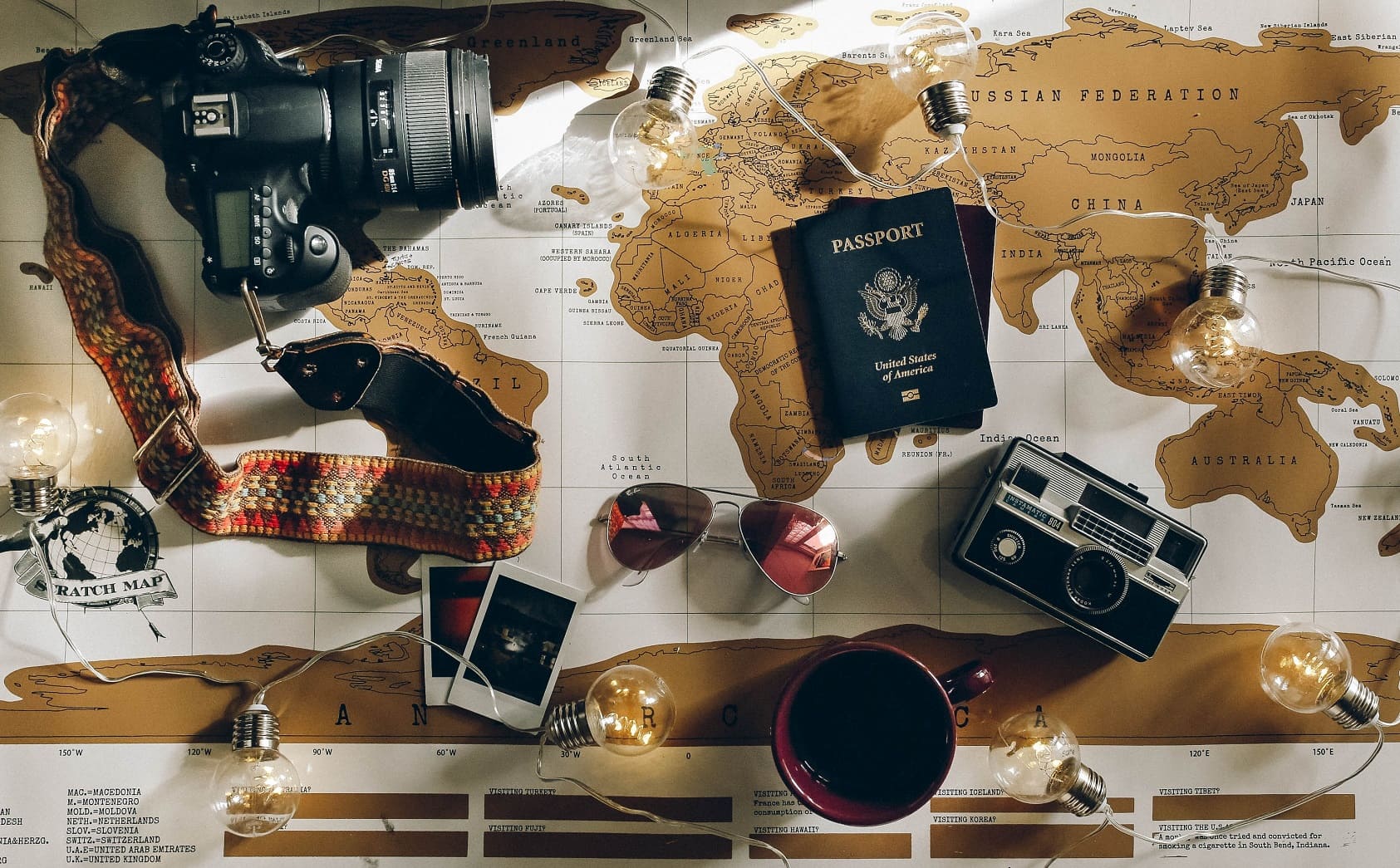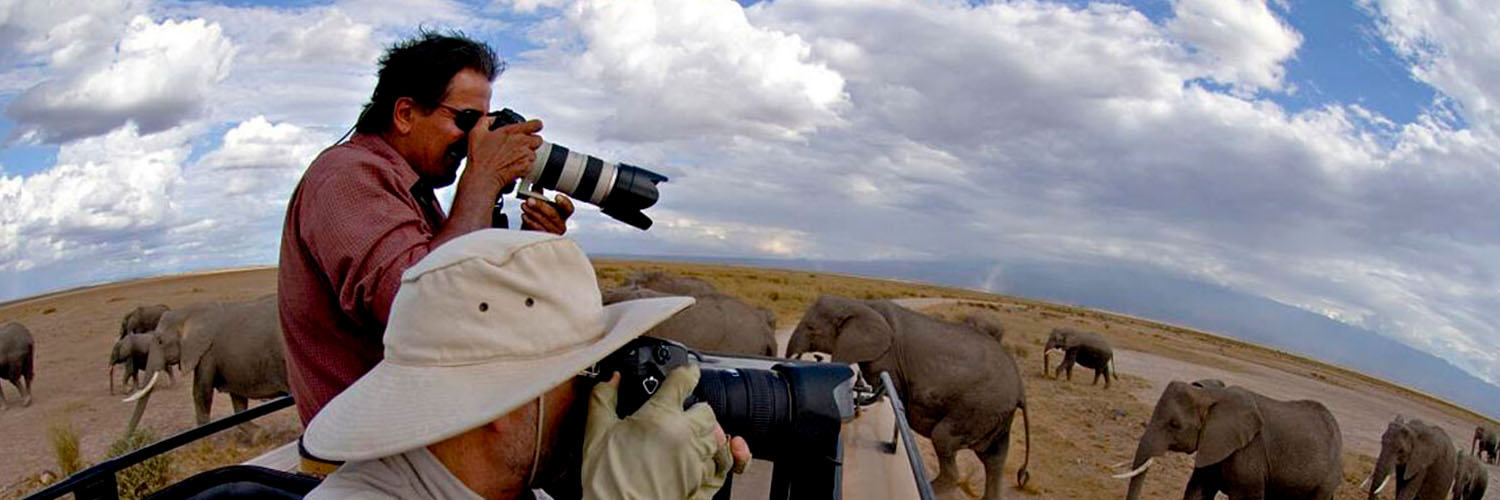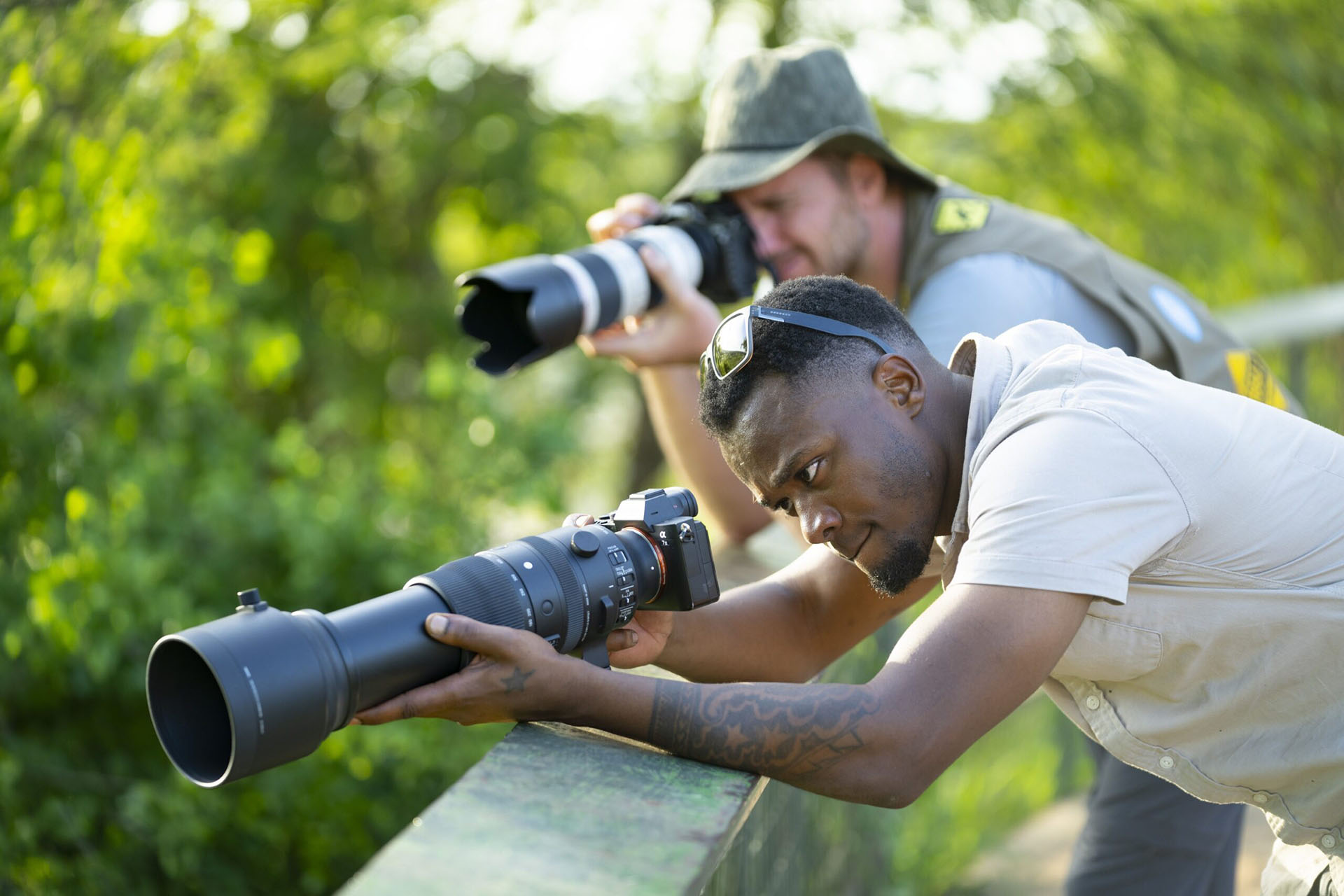
Guide to Tanzania Photographic Safaris
A Complete Guide for Wildlife & Nature Photography Enthusiasts
Embarking on a photographic safari in Tanzania is one of the most rewarding decisions a nature and wildlife lover can make. Home to some of the world’s most iconic landscapes, diverse wildlife, and vast conservation areas, Tanzania offers photographers a dream canvas. With over 22 national parks, 16 game reserves, and numerous other protected areas, nearly 40% of Tanzania’s land—equivalent to 378,035 sq. km—is dedicated to wildlife conservation, making it one of Africa’s top photographic destinations.
Whether you’re capturing the Great Migration in the Serengeti, the dramatic landscapes of Ngorongoro Crater, or the vibrant birdlife of Lake Manyara, Tanzania’s parks offer year-round opportunities to photograph wildlife in their natural habitat. However, to make the most of your trip, you need to understand the best locations, travel seasons, equipment requirements, and regulations—and that’s where we at Rosh Expeditions step in.
What is a Photographic Safari?
A photographic safari is a specialized journey designed for travelers whose primary goal is to capture stunning, high-quality images of wildlife, landscapes, and culture. While similar to a regular safari, it’s tailored to give photographers the time, positioning, and conditions needed to get the perfect shot. Some guests pursue it as a profession, others for personal passion—but in both cases, the experience is immersive, adventurous, and incredibly rewarding.
Tanzania’s Photography Rules & Guidelines
Tanzania is globally respected for its dedication to wildlife conservation, and photography inside its parks comes with certain rules. While you don’t need to memorize every regulation—your professional safari guide will ensure you follow them—it’s essential to be aware that guidelines cover aspects such as drone use, animal distance, and vehicle positioning. Our team at Rosh Expeditions ensures that your itinerary, guide, accommodation, and vehicles are all selected to optimize your photography experience while respecting conservation laws.
Top Destinations for a Tanzania Photographic Safari
Tanzania’s safari experience is organized into four tourism circuits—Northern, Southern, Western, and Eastern—each with unique photographic treasures. Depending on your focus, here are some of the best locations to include:
-
Serengeti National Park – Home to the Great Migration and dramatic predator-prey interactions.
-
Ngorongoro Crater – A UNESCO World Heritage Site with unparalleled wildlife density.
-
Tarangire National Park – Famous for giant baobab trees and large elephant herds.
-
Lake Manyara National Park – Ideal for bird photography and tree-climbing lions.
-
Nyerere National Park (Selous) – Remote, less crowded, and great for river wildlife shots.
-
Ruaha National Park – Known for its large predator population and rugged beauty.
-
Katavi National Park – Wild and untouched, perfect for exclusive photography.
-
Mahale Mountains & Gombe – For chimpanzee trekking and primate photography.
-
Mount Kilimanjaro & Usambara Mountains – Scenic landscapes and cultural photography opportunities.
Your choice of destination depends on your photography goals, which our team will help refine into a customized itinerary.
Essential Wildlife Photography Gear
The right gear can make all the difference. While professional photographers often have their own preferred setup, we recommend:
-
Two DSLR or mirrorless cameras to avoid changing lenses mid-action.
-
Long lenses (300mm+), wide-angle options for landscapes, and a sturdy tripod.
-
Plenty of memory cards, spare batteries, and an external hard drive.
-
Lens cleaning kits and protective gear for dusty environments.
-
Bean bags (provided by Rosh Expeditions) for vehicle-based shooting.
Note: Drone use inside Tanzanian parks is generally prohibited without multiple special permits from government authorities.
Guided vs. Self-Drive Photographic Safaris
For serious photographers, a private guided safari is far superior to self-driving. Tanzania’s parks are vast—some larger than entire European countries—and wildlife movements change with the seasons. A skilled photographic guide knows where and when to position you for the best shots, understands animal behavior, and helps maximize your time in the field.
Best Time for a Photographic Safari in Tanzania
The ideal time depends on your interests:
-
Great Migration – May to November for river crossings, January–March for the calving season.
-
Bird Photography – September to April, during peak migratory bird season.
-
Low Crowd Experience – January, March, April, May, June, and November.
-
Classic Dry Season Photography – July to October for clear skies and abundant wildlife near water sources.
While April is traditionally the peak rainy month, it’s increasingly favored by photographers for its lush landscapes, fewer tourists, and soft, dramatic lighting.
How Long Should You Spend?
Photographic safaris can range from 7 days to over 30 days depending on the number of parks you visit and the type of shots you’re aiming for. For 3–5 destinations, 7–15 days is ideal. For more extensive coverage, 14–30 days ensures a deeper, more diverse portfolio.
Plan Your Tanzania Photographic Safari with Rosh Expeditions
At Rosh Expeditions, we create custom-tailored photographic safaris designed for both seasoned professionals and passionate hobbyists. From choosing the best wildlife seasons to arranging the perfect photography vehicles and guides, we handle every detail so you can focus on capturing Tanzania’s magic.
Ready to capture the wild beauty of Tanzania? Contact our safari specialists today and let’s craft your ultimate photographic adventure.


